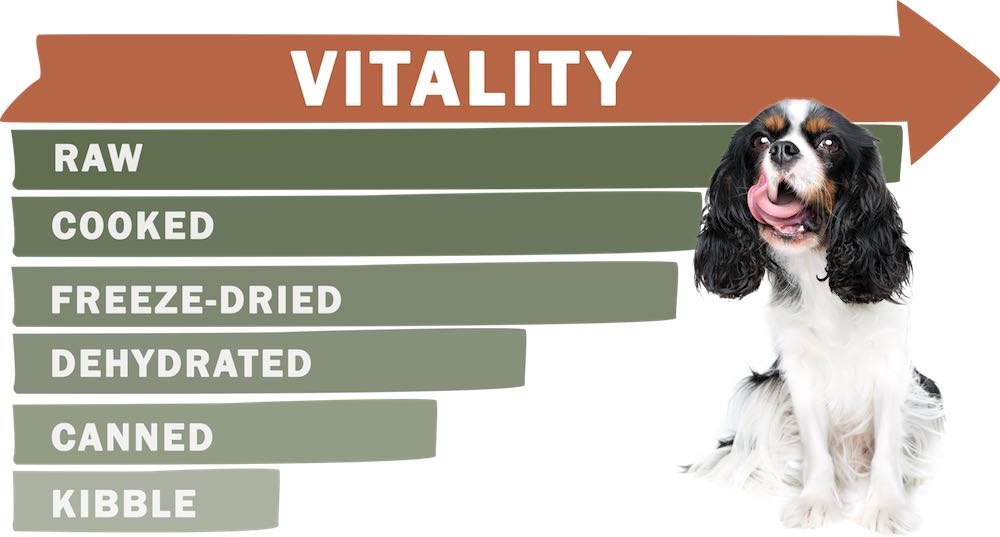
3 Simple Tips to Help Your Hypothyroid Dog
The Problem
Beau walked slowly into my office a few months ago and he obviously had a problem. A BIG problem. He was so obese that he looked like an engorged tick with a little head and legs sticking out from a huge body. He had no hair. He could barely get up after lying down.

Beau’s energy level and willingness to go for walks had been decreasing for a few months. At the same time, he was sleeping more and it was often difficult to rouse him from sleep. He was no longer greeting his family members when they came home from work.
He was also gradually losing hair from both sides of his body. It was just falling out. He wasn’t itchy, and didn’t have any skin abnormalities like hot spots.
Beau’s concerned guardians had taken him to their local veterinarian for an exam and blood tests. Aside from his obesity and alopecia (missing hair) everything checked out OK physically. The vet suspected that an underactive thyroid was causing a decreased metabolism, along with all of his signs and symptoms.
Blood tests confirmed barely detectable thyroid hormone levels. It also showed that he had a mild anemia and elevated cholesterol, which are also commonly seen in hypothyroidism.
The vet prescribed vitamins and a prescription weight reduction diet.
Lifelong Drugs?
During their follow-up appointment, Beau’s vet rechecked him and reported the results. Despite the vitamins and prescription weight reduction diet that he had prescribed, Beau had not lost a single pound or regrown any hair. Only one option was offered for the resolution of Beau’s hypothyroidism. Daily synthetic thyroid hormone.
These should help Beau’s clinical problems but would not solve the problem. These artificial hormones would therefore have to be continued throughout his life.
Lucky for him, Beau’s guardians were holistically minded and did not like the idea of giving drugs every day. They consulted with the seemingly omniscient “Dr. Google” and found that indeed there were other options for is treatment. Despite what they had been told by their family vet.
The Solution
The following 3 simple lifestyle and medical modifications allowed full resolution of Beau’s clinical symptoms with no need for synthetic drugs. His weight is back to normal, his coat has fully regrown, and he has regained his zest for life.
 HERE IS HOW:
HERE IS HOW:
- Constitutional homeopathic treatment. “Constitutional” means it’s unique to each individual and is selected based on lifelong symptoms and characteristics. This treatment addresses all of the imbalances in his body, not just the low thyroid hormone.
- Fresh food with no processed, carbohydrate-laden dry or canned food. This means primarily raw (or cooked) meats and some steamed vegetables fed in moderation and variety.
- Supplementation with thyroid glandulars, trace minerals, soluble Coenzyme Q10, etc.
All of Beau’s physical problems resolved and his blood test abnormalities continue to improve. Biochemical changes often lag behind the outwardly observable improvement. Successful homeopathic and holistic treatment can normalize the blood values as well.
Lifelong daily thyroid hormones can be avoided with homeopathic treatment. Even better is the resultant higher level of health and happiness that our devoted and beloved companions deserve.






 Sue and Bear’s story can help you decide what to do.
Sue and Bear’s story can help you decide what to do.
